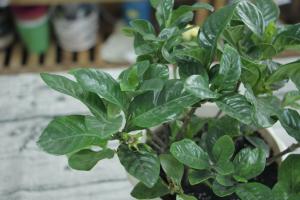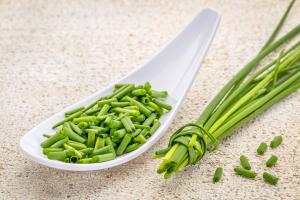What is Eating My Tomato and Pepper Plants
Tomatoes and peppers are two of the most popular vegetables to grow in the garden, but unfortunately, they are also popular with a variety of pests. If you have noticed that your tomato and pepper plants are being eaten, there are a few common culprits that could be to blame. Let's take a closer look at some of the pests that may be feasting on your plants and how to identify them.
Cutworms
One common pest that may be eating your tomato and pepper plants is the cutworm. These are caterpillars that live just below the soil surface and cut through the stems of plants near the base, causing them to fall over. Cutworms are most active at night, so if you notice your plants falling over in the morning, it's likely that cutworms are to blame. You may also see little pellets of frass (excrement) around the base of the plant.
Hornworms
If you notice large chunks missing from your tomato or pepper leaves, hornworms may be the culprit. These large green caterpillars can grow up to 4 inches long and have a horn-like tail. They are often difficult to spot because they blend in so well with the foliage, but you may notice their large amounts of droppings (frass) on the leaves below the damaged areas.
Aphids
Aphids are tiny insects that can cause damage to your tomato and pepper plants by sucking the sap from the leaves and stems. They are often found on the undersides of leaves and can be identified by their small size, pear-shaped body, and long antennae. If you have an aphid infestation, you may notice curled or yellowed leaves, a sticky residue left behind by the aphids, or even see the insects themselves.
Spider Mites
Spider mites are another tiny pest that can do significant damage to tomato and pepper plants. These barely visible insects live on the undersides of leaves and are particularly active in hot, dry weather. They can cause leaves to turn yellow and drop off the plant, and may also leave a fine webbing behind. Look for tiny reddish-brown or yellow specks on the leaves to identify a spider mite infestation.
Cabbage Loopers
Though not as commonly associated with tomato and pepper plants, cabbage loopers can occasionally be found munching on these veggies as well. These caterpillars are light green with a white stripe down their back and smooth surfaces that repel water. They cause damage by eating large holes in the leaves, and by chewing on the fruit as it develops. You may also see frass on the surface of leaves, or adult moths fluttering around the garden in the evening.
Now that you know more about some of the pests that may be eating your tomato and pepper plants, it's time to take action. There are several methods you can use to reduce or eliminate pest populations, including spraying with insecticides or using natural predators like ladybugs or praying mantises. With a little bit of effort, you can keep your tomato and pepper plants healthy and thriving.

 how many times do yo...
how many times do yo... how many planted tre...
how many planted tre... how many pine trees ...
how many pine trees ... how many pecan trees...
how many pecan trees... how many plants comp...
how many plants comp... how many plants can ...
how many plants can ... how many plants and ...
how many plants and ... how many pepper plan...
how many pepper plan...































